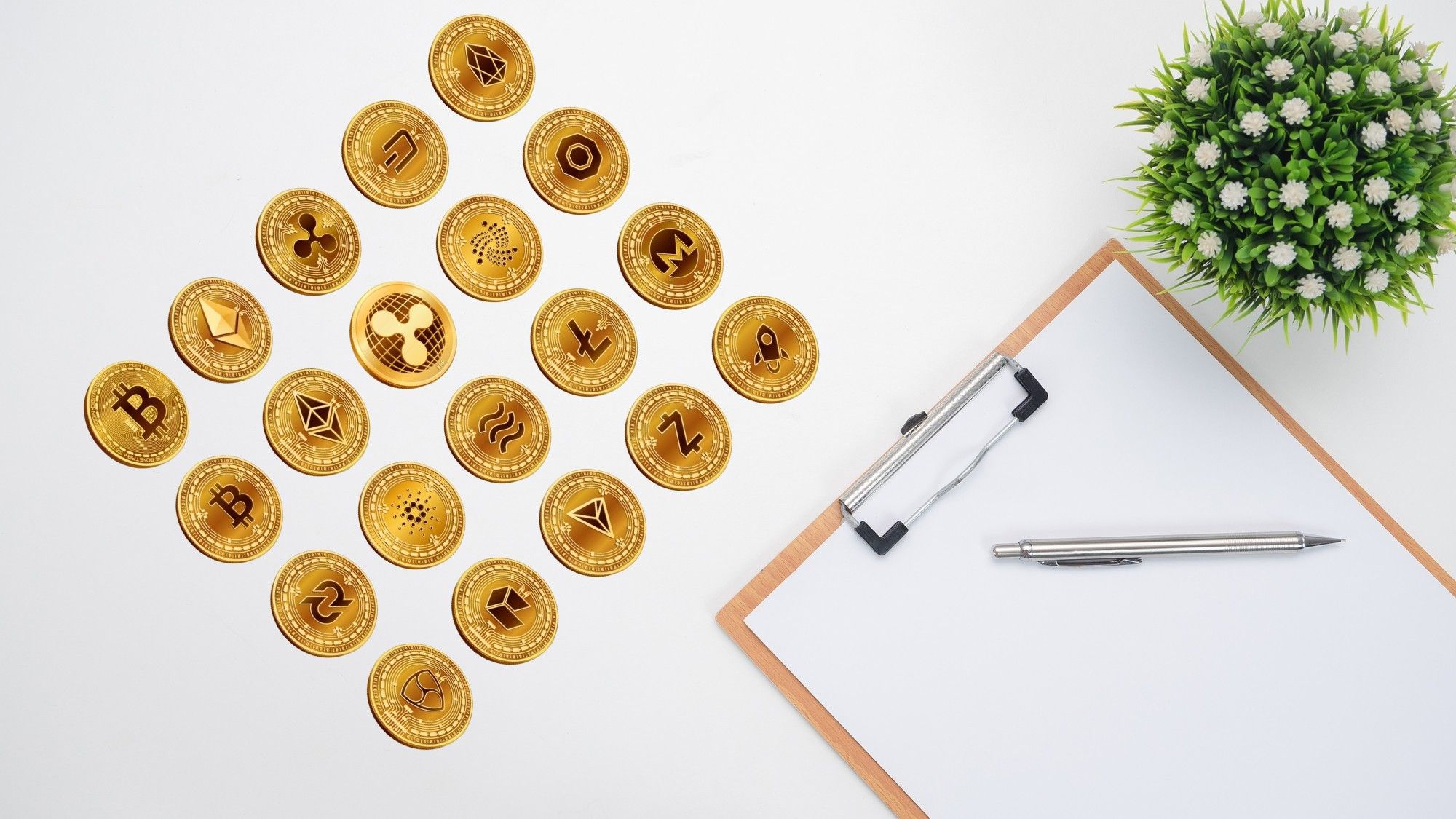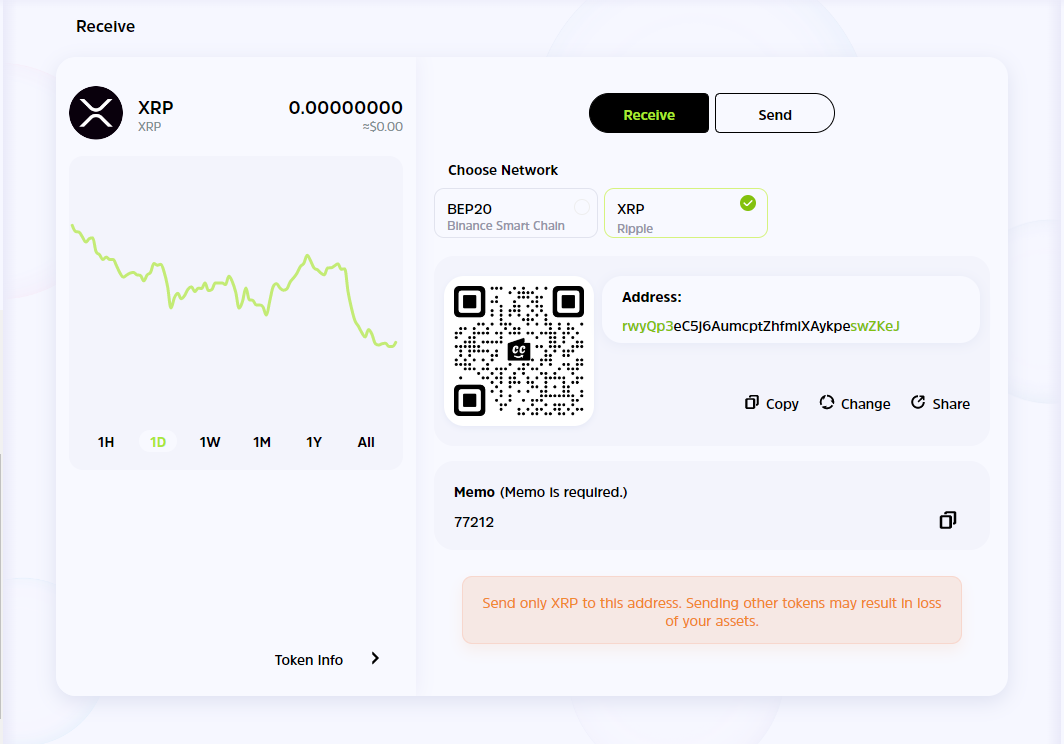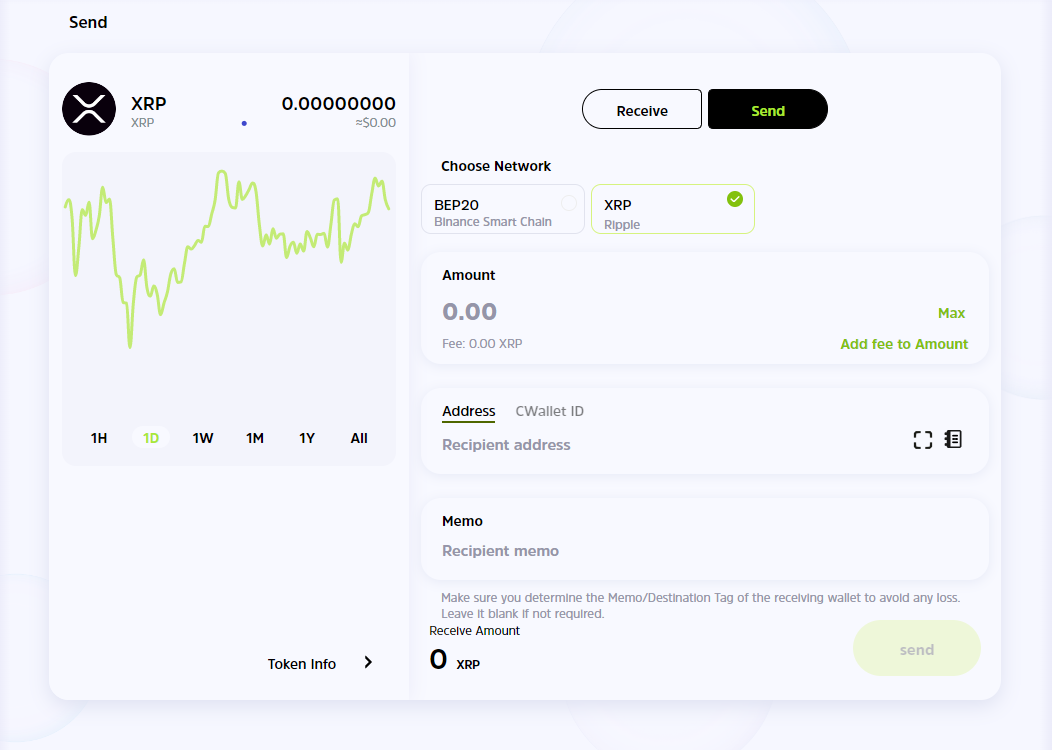Importance of a "Memo" When Making Crypto Transfers
Memos make it possible for these custodial wallet service providers to use a single address for many customers, especially on blockchain networks that do not facilitate one address per user for exchanges. Hence, memos help to solve the potential problem of transaction identification.

While cryptocurrency has become an increasingly popular means of exchange in recent times, many people still don't quite understand how it works. For example, in addition to understanding the differences between public and private keys, when you transfer funds to someone else, some blockchains may require you to include a peculiar memo tag to ensure a distinct transaction and protect you from assets getting lost in transit.
Perhaps, you have once encountered the "memo" column when trying to transfer some crypto, and you wonder about its importance. Indeed, using a memo is usually optional when transferring assets, and if you have never required it, you may be oblivious to its importance. Read on to learn more about the importance of using a memo when making cryptocurrency transfers.
What Is A Memo?
To credit an wallet address, a memo, destination tag, or message is used to indicate a transaction. A memo is like a message in a bottle. It's a way of sending information along with your cryptocurrency transaction that can be seen by the receiving wallet and sent to the intended recipient. This is important because multiple recipients can have the same address on the same wallet service provider, but the presence of the memo separates them from one other and avoids the problem of sending it to the wrong recipient.
Individual wallet addresses for each consumer are not optimum for custodial wallets or exchanges with hundreds of thousands of customers. Hence, several customers may be sharing a single address; as a result, deposits to this single address are accompanied by a memo or destination tag, that indicates which deposit belongs to which user. Memos are typically numeric, but you can find others that feature alphabetic letters or alphanumeric characters.
Blockchain Networks That Use Memos
Note that a few blockchain networks specifically require memos in different forms. These include but are not limited to Cosmos (ATOM), EOSIO (EOS), Stacks (STX), Binance BNB (BEP-2), Stellar (XLM), Ripple (XRP), etc.
Note that you can send these tokens on other networks without needing a memo. For example, sending XRP via the BEP-20 network will require no memo (regardless of whether it is a custodial wallet or not); however, sending XRP via the XRP network will require a memo. Hence, we can see that the memo is peculiar to the blockchain network and not the blockchain's native token.
Not all blockchain networks require memos, some only ask users to send coins using the provided addresses.
When Is A Memo Not Necessary?
The only time the destination tag is not required is when sending to a non-custodial wallet. A non-custodial wallet is one in which the user has complete control over both the public and private keys. When moving funds to a non-custodial wallet, your wallet service provider may ask the user to input a memo tag; in this scenario, you may leave it blank.

How to See Your Memo For Crypto Transfer
If you are prompted to use a memo in your transaction, it is important to request from the recipient what their memo is.
To see their memo, the recipient should visit their deposit page as outlined below.
If you're using the Cwallet for example.
- Step 1: Log in to your CCTIP account
- Step 2: Click on CC wallet
- Step 3: Scroll down to the cryptocurrency you intend to receive, for the sake of this example, we'll use Ripple (XRP)
- Step 4: Ensure you select the XRP network and not BEP-20.
- Step 5: Your XRP receive address will be shown, and your memo will be displayed alongside.

How To Include A Memo When Making Crypto Transfers
Once the recipient has provided you with the memo, you can easily complete your transactions without any worry of assets getting lost in transit. If you're using the CCTIP wallet, you can complete memo transactions as follows:
After locating the Cryptocurrency you want to send (as shown in steps 1 to 3 above)
- Click on "Send."
- Ensure that the XRP network is selected
- Select the XRP amount you want to send
- Input the recipient's account and the correct memo as obtained from the recipient, and your transaction will be duly completed.
- Remember to leave the space blank if you are sending to a non-custodial wallet, which doesn't require a memo

What If I Don't Include The Memo?
To avoid loss of assets, it is important for you to include the memo for the transaction. However, in the event that you don't remember to fill in the memo or you fill in the memo, you should immediately reach out to your wallet's service provider and contact support. If it is an internal transaction, there are higher chances of retrieving the assets; however, if it is an inter-exchange transaction, it may be difficult or impossible.
To solve problems relating to memos on Cwallet, read this.
Final Takeaway
Custodial wallets and Crypto Exchanges are important for newbies and even experienced cryptocurrency users; although they are more centralized than non-custodial wallets, they facilitate ease of transactions, especially to and from fiat currency; as a result, they have numerous customers.
Memos make it possible for these custodial wallet service providers to use a single address for many customers, especially on blockchain networks that do not facilitate one address per user for exchanges. Hence, memos help to solve the potential problem of transaction identification.
For more beginner tips, as well as detailed guides on cryptocurrency and blockchain technology, do well to visit the Cwallet Blog and follow our social media communities: